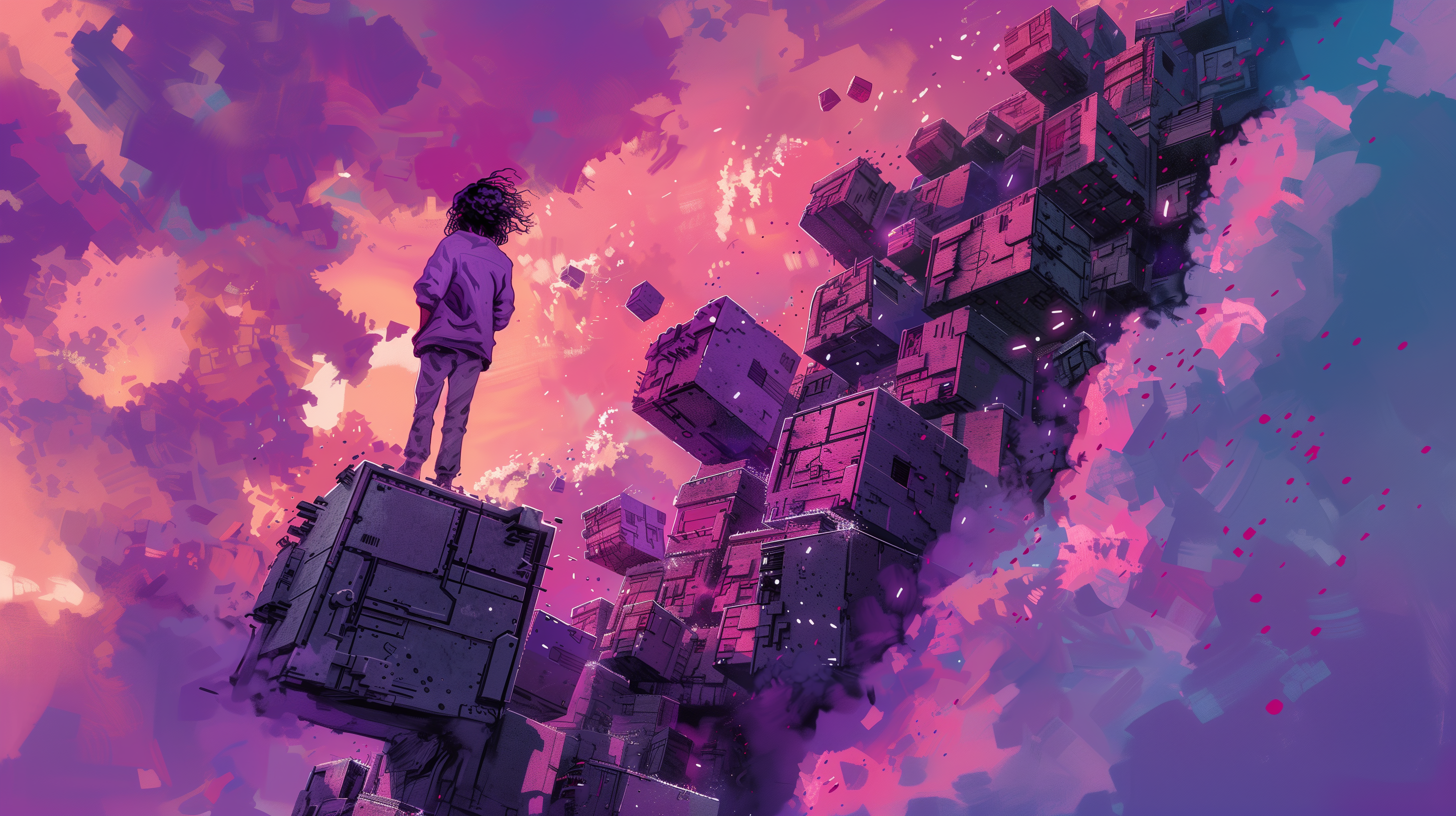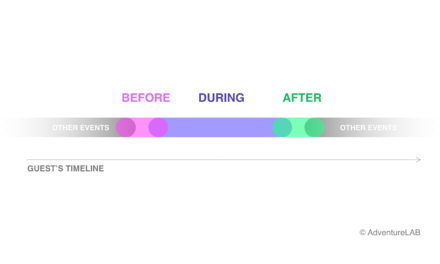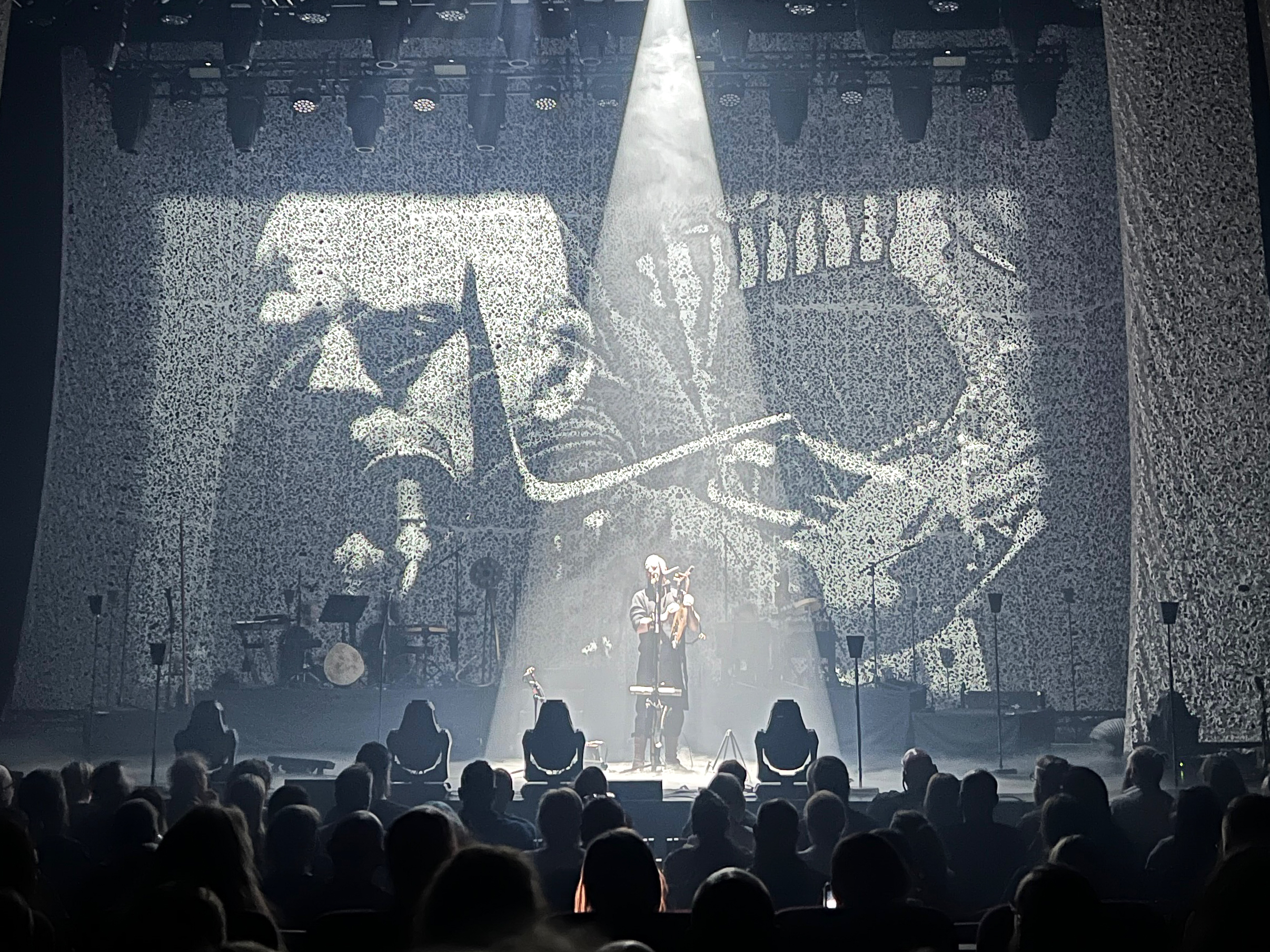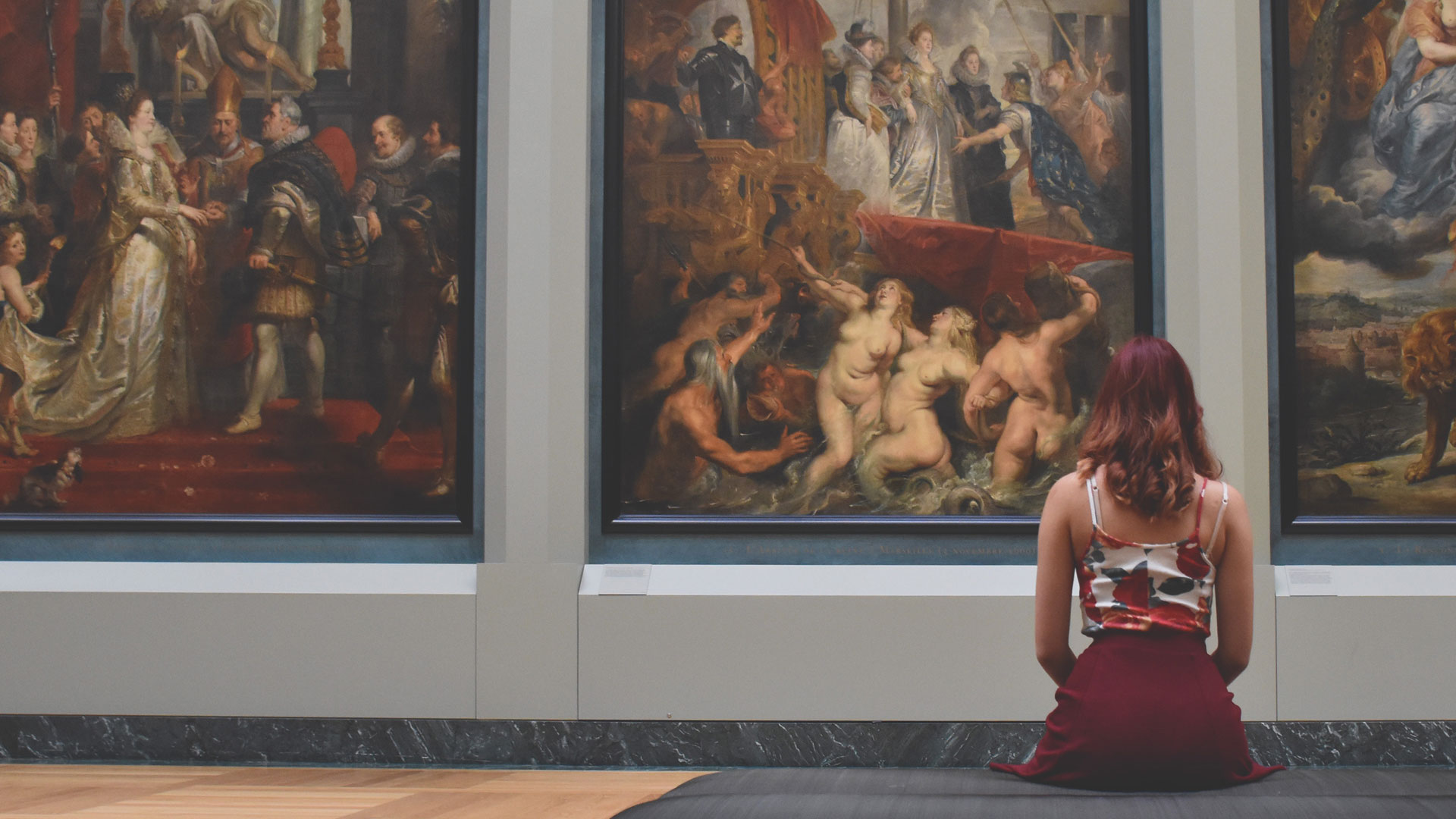The Significance of Imitation Collapse
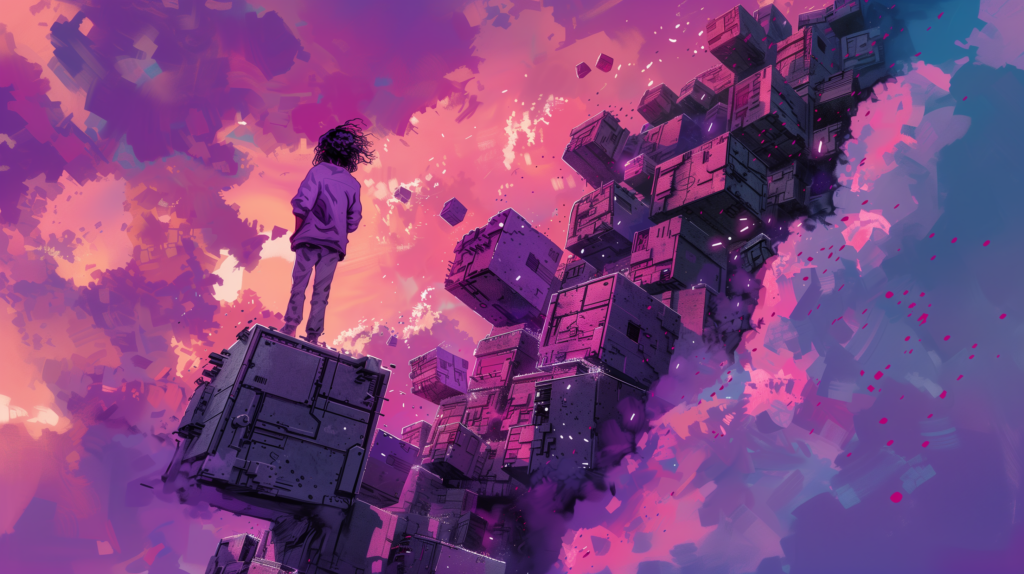
As AI and other seemingly intelligent technologies polarise the creative industries and their experienced and aspiring professionals on possibilities and use, they also shine a light on a deeper discourse now being amplified and accelerated with widespread access to generative tools. With a tsunami of replications, the differentiation and superiority of art and concept is the capability to create something unique, original, and authentic. The discussion about concept or execution is nothing new, even though the two should be irreversibly connected in concept and execution.
During encounters with Generative AI, one will eventually be presented with the expression Imitation Collapse. In this phenomenon, the data used to generate content itself is generated and not original. Furthermore, this may not be the first, second or even third generation of generated content. Because of this repeated use of generated data, the newly generated content becomes increasingly uncanny, if not directly distorted, because of the accumulation of repeated elements. What does not show up as, for example, twisted imagery may be immediately recognisable for even the untrained eye as generated with AI with unrestrictive use of existing and often questionable data. It is a copy of a copy rather than something original.
A Wider Significance
Imitation Collapse is not exclusively linked to AI. In broader terms, the phenomenon encompasses scenarios where a market declines due to the overabundance of imitative products that dilute originality and innovation. The effect is observed in various sectors, and there have been many examples in entertainment, leisure, and popular culture, with concepts initially successful because of their innovative approach, only to have their success lead to a flood of similar, less original imitations. Subsequently, this has led to a collapse of the sustainability of the concepts – even if temporary – as the audience lost interest in the repetitive offerings and the unique appeal of the original products diminished. Similarities are to be found in education, conferences, associations, culture and cultural heritage as part of a longer list that underlines that if you do not move forward, others will pass you by – including your audience and customers.
Originals and Imitations
Consider the arguably classic but certainly successful 1982 Conan the Barbarian movie adaption of Robert E. Howard’s literary works, which launched the sword and sorcery film genre (as well as a certain Austrian bodybuilder’s movie superstardom). Subsequently, it was imitated by a range of unimaginative, less-than-stellar produced imitations that wore out the interest of a wider audience. Or the many Disney adaptions, not imitations of classic tales, of which many became classics in their own right, to be followed almost instantly by cheaply animated direct-to-home movies, trying to cash in on buyers who may or may have thought they brought home a Disney Classic. Or the explosion of lacklustre copies of the Star Wars franchise in the late 1970s and early 1980s, which did not get what the space opera was really about, which, in creator George Lucas’s words, were certainly not the spaceships. In other realms than movies, comic books, theme parks, games, advertising, various experiences and so on have all been affected by the same modus operandi; when someone successfully originates, someone else will imitate.
Trailer for Conan the Barbarian (1982) starring Arnold Schwarzenegger and James Earl Jones
Collapse from Within
Sometimes, imitation happens within the same organisation, in which case the subsequent collapse cannot be blamed on outside factors. Still, representatives from the organisation may try to convince people that the ultimate fault for the failure of their concept lies with anybody or anything but themselves. However, if you cannibalise your own concept to the point of exhaustion, lose the connection with and respect for your fanbase, or reboot your franchise to the point of being stomped into dissonance and obscurity without any history remaining, the fault does not lie with anybody other than the team and their leadership that made the unfortunate decisions. Many organisations easily become creatures of habit, spending more energy defending their choices than putting in the work needed to innovate forward.
If you cannibalise your own concept to the point of exhaustion, lose the connection with – and respect for – your fanbase, or reboot your franchise to the point of it being stomped into dissonance and obscurity without any history remaining, the fault does not lie with anybody else than the team who made the choices and their leadership.
Connecting to the Audience
However, innovation is not simple or safe. One may fail miserably, ignoring empathy and intuition in favour of poorly interpreted statistics. Data are valuable connections to the audience but not the definitive answer to what creative direction to take. Consider all the unsuccessful entertainment offerings and marketing campaigns that tried so hard to match what people wanted that the hearts and identities of the brands were lost in the process. Conceptual choices should be balanced with the audience data, not dictated by it. Those who exclusively try to cater to what they believe their audience wants often find themselves estranged because they do not dare to suggest what the audience needs.
Excellence Takes Work
One may ask if there are no easy solutions then. Most times, the answer will be no; there are not. However, that is not as popular as supporting the opposite delusion that, yes, effective creative solutions are now easy to develop and execute. We are currently entering a time when some creative professionals and their clients believe that generative technology will do everything with the speed of a bullet. However, this bullet will more often than not miss its mark because it lacks substance, actual value, or direction. Putting in the time to research, develop creative strategies, and, in other ways, secure the foundation of creative work will be one of the significant differentiators in the future of entertainment, cultural heritage, storytelling, etc., providing heart and soul to original concepts.
We are currently entering a time when some creative professionals and their clients believe that generative technology will do everything with the speed of a bullet. However, this bullet will more often than not miss its mark because it lacks substance, actual value, or direction.
Dare to Innovate Forward
Still, there is no guarantee that even the best-developed creative foundation ensures the success of a concept. Ultimately, as creative professionals, we engage with what we believe in. Should the concept fail despite all the proper preparations, at least it does so without being just another part of yet another imitation collapse. We will still grow and learn from the experience. Then, when we succeed, we can celebrate the achievement and accomplishment of what we set out to do and its impact. We celebrate, even though we know that the imitators will arrive shortly. After all, by then we have already moved forward.
It all comes down to this: Do you dare to innovate and originate, or are you content replicating and imitating, not realising the imminent collapse that awaits?

